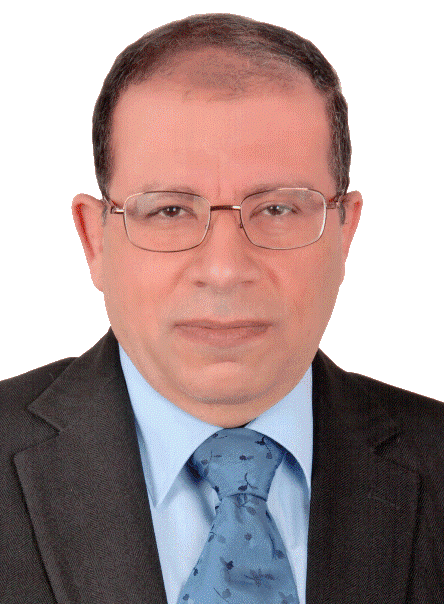Professor of Rhinology & Skull Base Surgery, Ain Shams University, Cairo, Egypt
Department of Oto-Rhino-Laryngology, Faculty of Medicine, Ain Shams University, Cairo, Egypt.
5- FESS for Sinonasal Polyposis
Patients with extensive nasal polyposis often have rarefied middle turbinates, expansion of sinus walls and sometimes major bony erosion of lamina papyracea, and potentially of the skull base from the chronic expansive forces or infections. This fact, coupled with the potential for major bleeding intraoperatively and limited visualization, places these patients at increased risk for intraoperative and postoperative complications. Preoperative systemic/topical steroids may help reduce the polypoid mass, degree of inflammation, and bleeding. Polyp removal may be aided by the use of powered instruments.
In my practice the key in diffuse polyposis surgery is to identify early the turbinates and uncinate process so as to preserve them during the initial polypectomy phase of surgery and use them as landmarks during the subsequent steps of FESS; ethmoidectomy , middle meatal antrostomy, frontal sinusotomy and sphenoidotomy.
Video 8 & Video 35 demonstrate the technique to skeletonize the middle turbinate from polyps with cold thru-cutting instruments.
Video 8 "Uncinectomy with Sickle Knife plus Shaving Polyps"
Video 36 shows debulking polyps with preservation of the middle turbinate integrity with powered instruments.
Video 35 "Polyps Debulking with Cold Instruments" Video 36 "Polyps Debulking with Powered Instruments"



